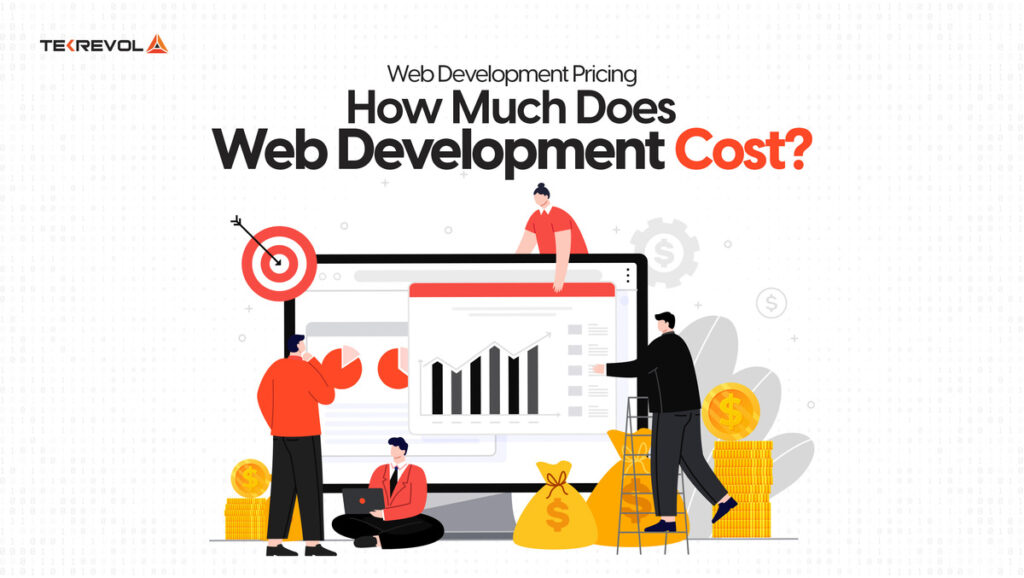
Introduction
In the current digital age, having a professional website is no longer optional—it’s an essential business tool. Whether you’re launching a new startup, running a service-based company, or expanding your retail business online, knowing the website development prices in 2025 is critical.
This guide explains how much you should expect to invest, which factors affect pricing, and how to ensure you get quality results without overspending—all written from scratch, with industry-standard expertise.
What’s Included in Website Development Costs?
The overall website development prices include many components beyond just design or coding. A typical package may involve:
- Registering a domain
- Purchasing hosting
- Creating the layout and UI/UX
- Backend and frontend programming
- Installing a CMS (e.g., WordPress)
- Making the website mobile-friendly
- Adding SEO-ready structure
- Setting up SSL and security features
- Providing future updates or fixes
A well-structured project includes clear documentation, timelines, and transparency—key elements of trust and authority.

Website Development Prices in India (2025 Estimates)
| Website Type | Price Range (INR) |
|---|---|
| Simple Landing Page | ₹5,000 – ₹10,000 |
| Business Website (5–10 pages) | ₹15,000 – ₹50,000 |
| E-commerce Store | ₹50,000 – ₹2,50,000 |
| Web Portals/Custom Systems | ₹1,00,000 – ₹10,00,000+ |
These figures may change based on your feature list, delivery deadline, and the experience of the professional you hire.
What Factors Determine Website Development Prices?
1. Type of Project
Building a basic brochure site costs less than creating a dynamic portal or online store with payment systems and user dashboards.
2. Customization
Using drag-and-drop builders is affordable, while fully custom designs with animation, branding, and original UI/UX are more expensive.
3. Developer’s Experience
Freelancers may charge less, but verified professionals or reputed agencies offer reliability, which aligns with EEAT’s expertise and trustworthiness.
4. Features Required
Advanced features such as multilingual support, product filtering, live chat, or CRM integration all raise development complexity—and price.
5. Maintenance & Support
Ongoing updates, security patches, and content management may not be included in the base cost. Clarify this during discussions.
Smart Ways to Control Website Development Costs
Want to build a great site without overspending? Use these tips:
- Start with essentials. Plan an MVP (Minimum Viable Product) and expand later.
- Use open-source CMS platforms. WordPress or Joomla reduce base costs.
- Ask for a breakdown. Request an itemized estimate before you begin.
- Avoid constant changes. Freeze your scope early to prevent cost escalations.
- Get multiple quotes. Always compare 2–3 vendors to find the right fit.
Common Mistakes That Increase Costs
Many businesses unknowingly raise their website costs by:
- Changing design mid-way
- Failing to provide clear content
- Ignoring mobile responsiveness
- Choosing inexperienced developers
- Forgetting to ask about hosting and renewal charges
Prevention is better—and cheaper—than cure. Always ask questions before starting development.
Real-World Scenario
Imagine a boutique fashion brand needing a website with:
- Homepage, About, Products, Blog, Contact
- Shopping cart and WhatsApp support
- SEO-ready content sections
For this kind of project, a mid-range developer may charge ₹35,000–₹60,000 in 2025. The cost is justified by the ROI in terms of online visibility, customer engagement, and sales.
Final Thoughts
Website development prices in 2025 are shaped by technical complexity, business goals, and quality expectations. Avoid shortcuts. Instead, choose professionals who demonstrate skill, transparency, and commitment—hallmarks of the EEAT model.
